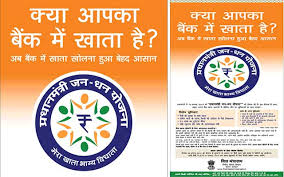Customer engagement is the prerequisite for advocacy and that is what social media offers! Mentally jump back to the engagement process defined in the opening chapters: Starting with content consumption, and then proceeding through cu-ration, creation, and collaboration, there is a stepping-off point collaboration that connects trial, purchase, and advocacy into the engagement process. That leads to the choice of collaboration as the new benchmark for engagement: When your customers or constituents are collaborating with each other and sharing the results of those efforts everyone involved in it.
Combining this definition of engagement and the benchmark of collaboration with the larger engagement process leads to a powerful end result: the development of customer advocates. Tangible results the emergence of customer advocates, for example become measurable end goals of the social business. In the next section, customer-led advocacy (or stakeholder-led, for governmental services and NGOs, nonprofit organizations and similar) will be tied to the business objectives and business fundamentals that punctuate a quantitative management process.
Create Advocates Through Engagement. Having established the path from consumption thinks traditional media and “traditional media-like” activities in a digital context (banner ads or video pre-rolls, for example) to collaboration and advocacy as a sort of process template or design guide for your social business engagement programs, the next step is connecting the resulting Expressions of advocacy to your business. Recall Fred Reichheld and the Net Promoter Score: A base of customers or constituents that are highly likely to strongly recommend a brand, product, or service is a fundamental condition for driving long-term profits and sustained growth. This is precisely what advocacy is all about: Advocates will readily and favorably recommend brands, products, services, and causes; which in turn lead to a competitive advantage by reducing expenditures required to overcome a lack of referrals or worse (detractors, for example).
Offering price breaks, discounts, rebates, or similar concessions intended to offset inferior quality inevitably eats away at margins. Over the long term, any unnecessary expense and the associated deterioration of margins will obviously hurt the business or organization. What is perhaps less clear though equally valid is that sustainable higher profit margins think Whole Foods versus the other food stores against which it competes even if not directly lead to enhanced opportunities to innovate, to the ability to attract and retain higher quality employees.





9 Comments. Leave new
Good job!
good deed.
Very very well explained.. It is important..
Good one.
Well expressed
Good job!
well written
i liked the content , presentation , the research you have done to make it possible 😀
AAs the generation is changing we alla re not like comming to an e generation where everything is e , e and e 😀
So the busniess activity should also be e now ( Example e-commerce ) , Mostly people are becoming lasy and this behavior can easily be used to get profit :D. As people are mor intersted in online rateh than ofline 😀
The engagement in social media should be increased 😀
good one